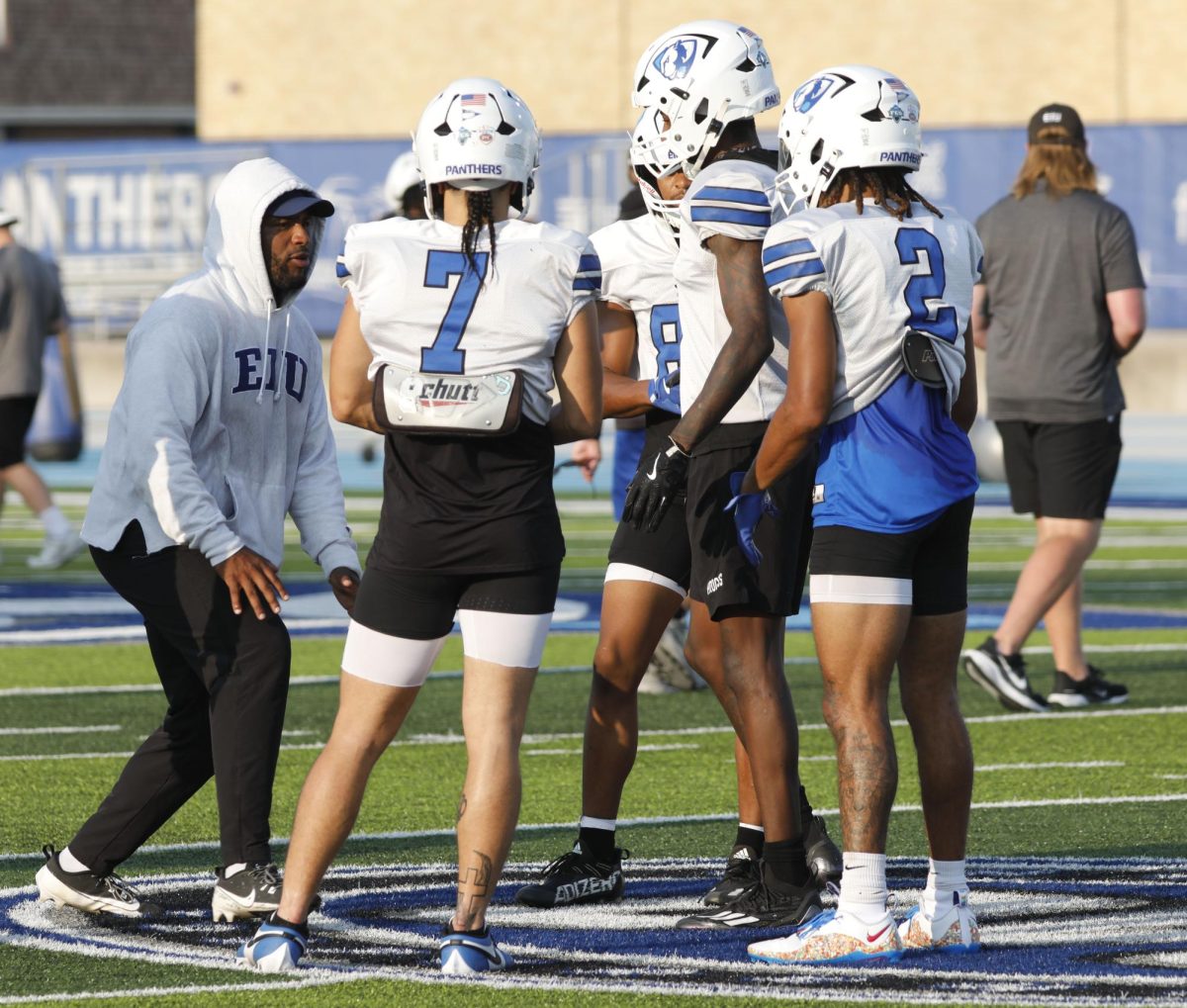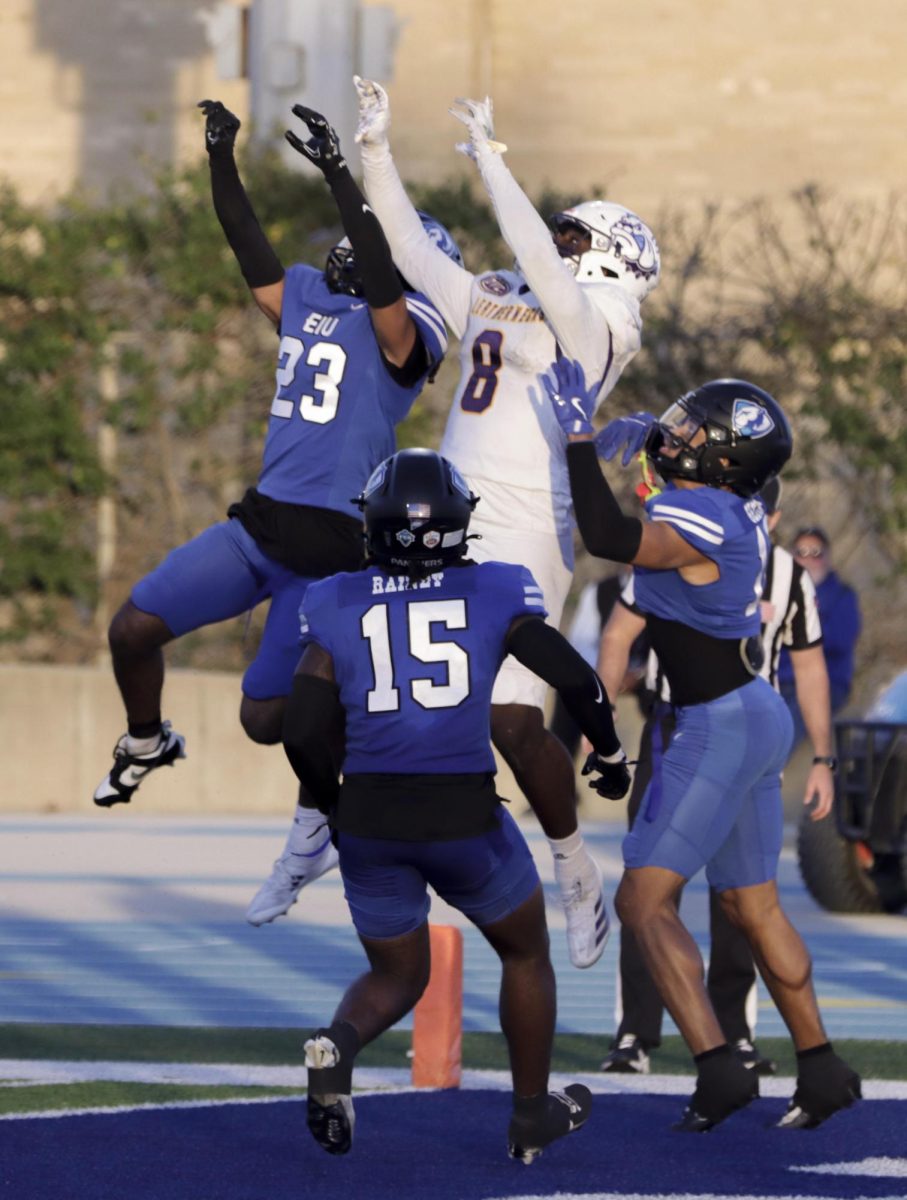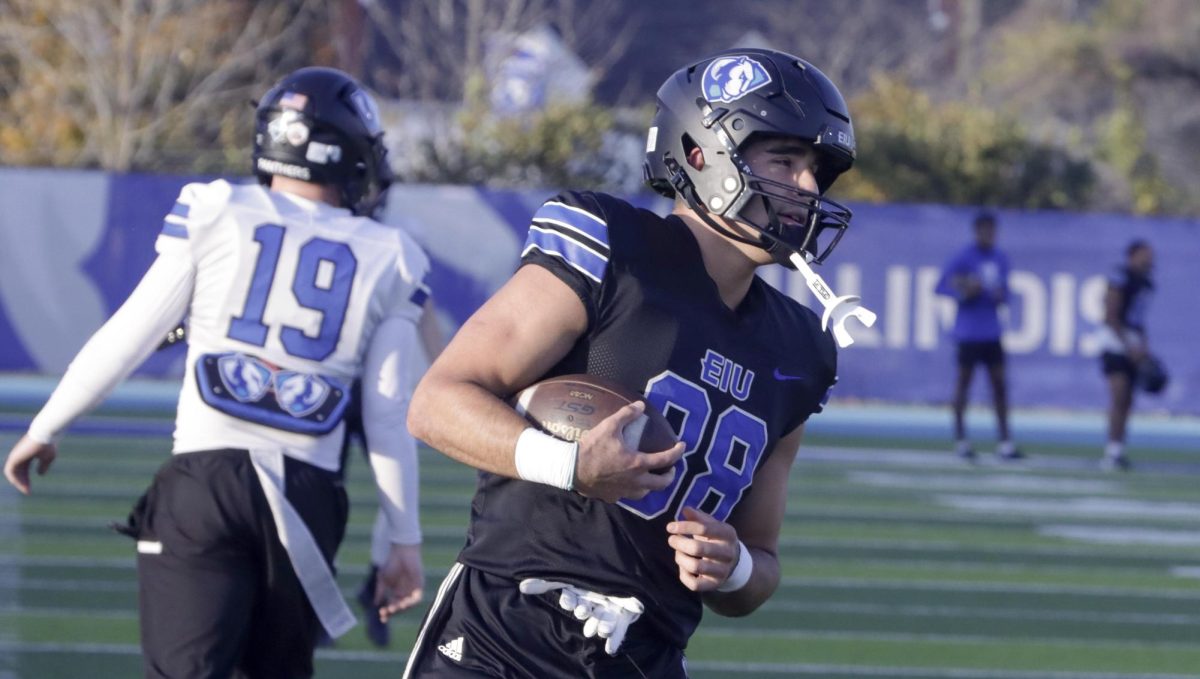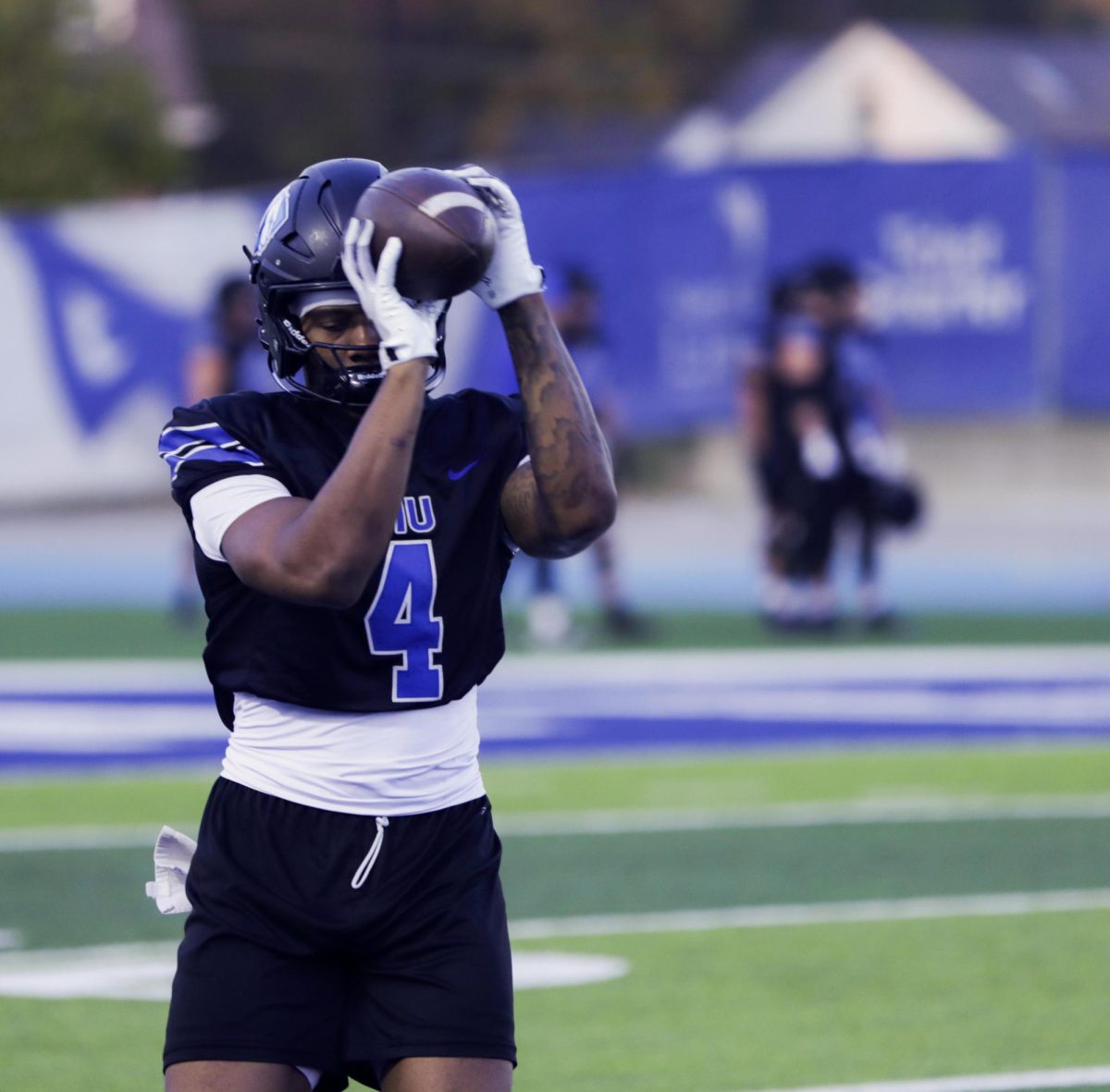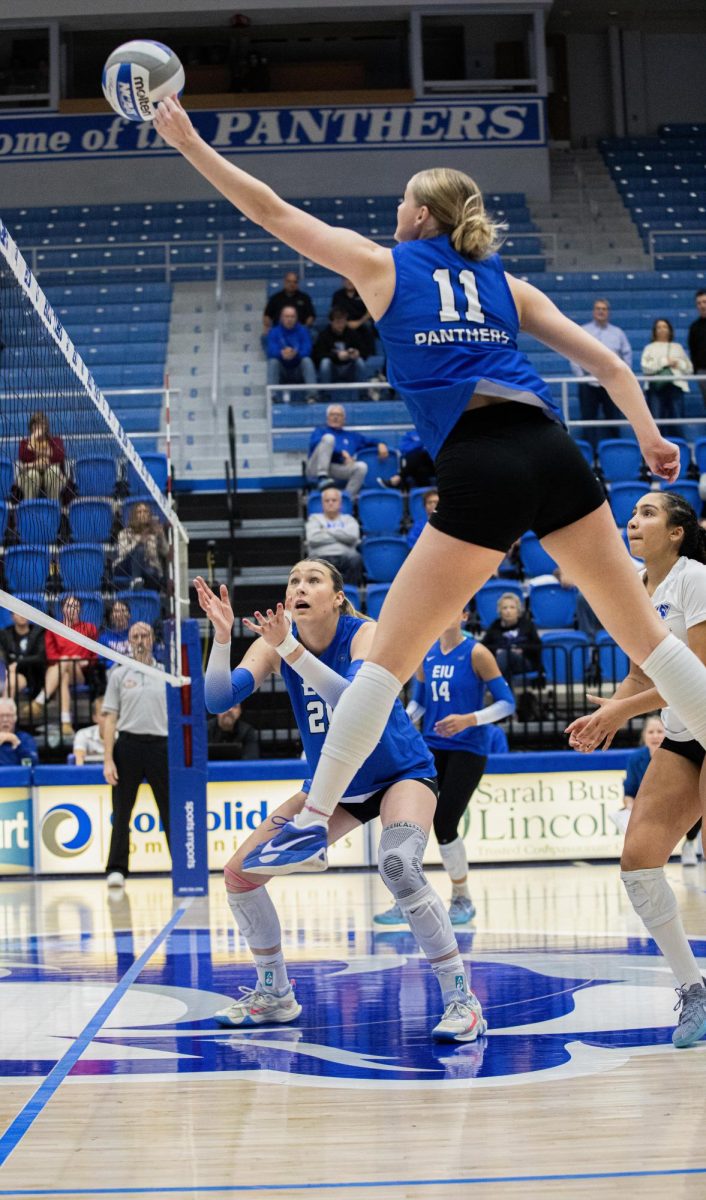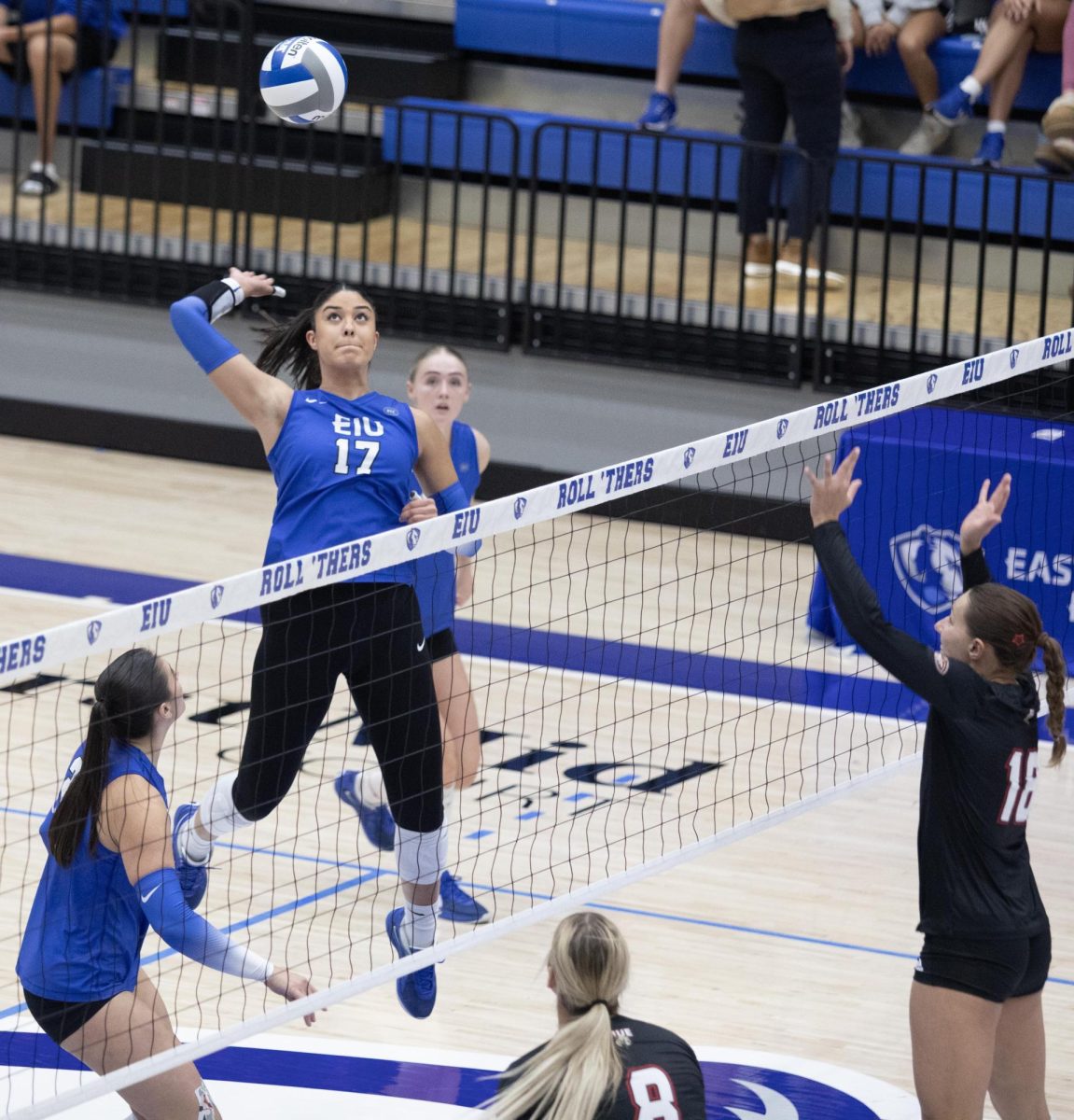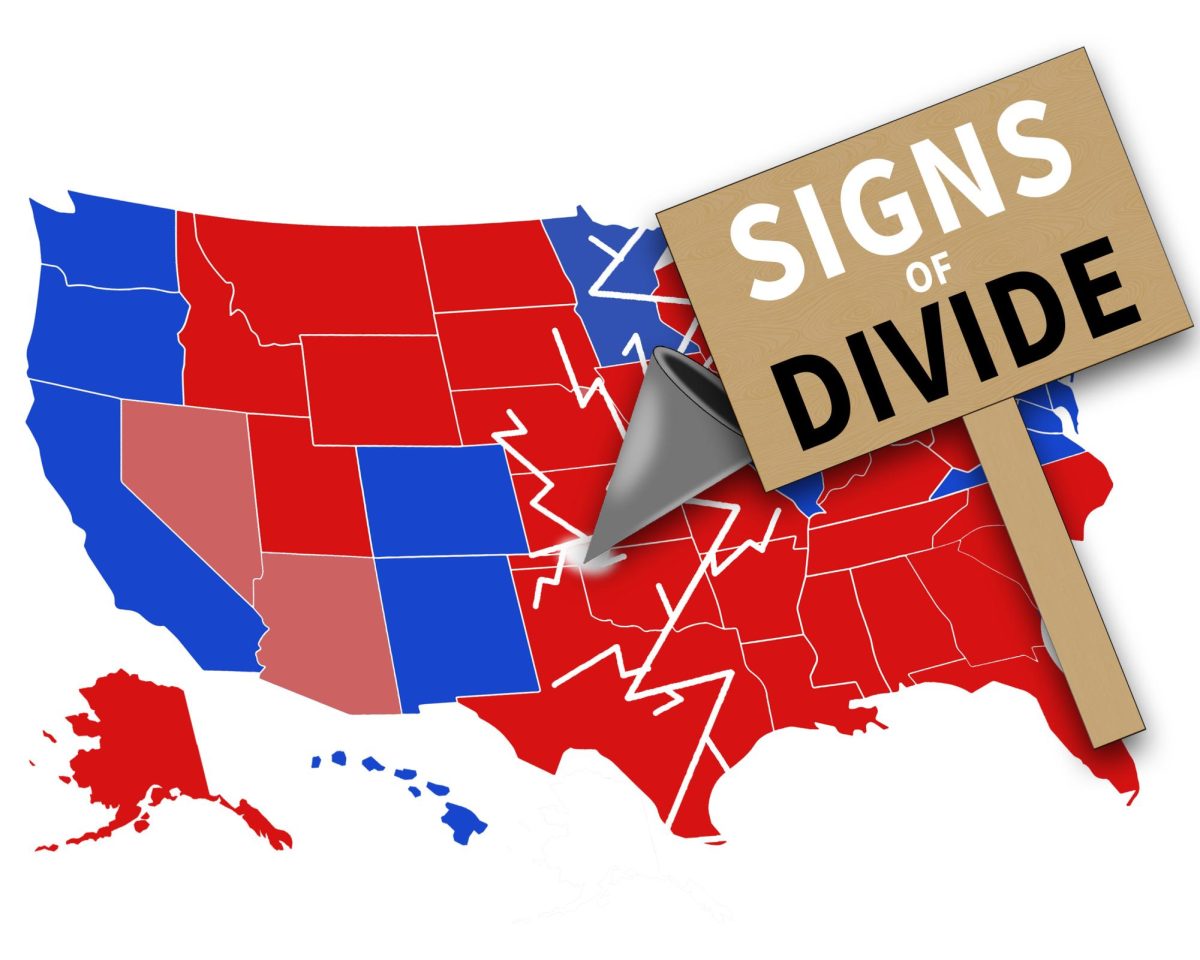Graphic novels not always comical
Monica Genta, who read comic books as a child, changed her mind about comic books after hearing Wednesday’s on graphic novels.
She thought comics were only about male superheroes.
“Now I realize they’re a serious piece of literature,” the sophomore biological science major said.
Robert Peterson, a professor in the art department, spoke Wednesday evening about the misconception of graphic novels to a crowd of 35 people.
“I was super excited to see as many people in attendance as there were,” said Kendall Patterson, the lectures coordinator for University Board.
Graphic novels began as male action heroes fighting each other to save the world. They have since evolved into stories about everyday life.
Maus, by Art Speiglman, was the first graphic novel to question what people thought of graphic novels. It wasn’t funny like most people thought it should be, yet it wasn’t a novel either.
Readers can relate to the characters in the graphic novels. Like novels, a reader could wonder what happened in the end of the story after finishing it. Many times, graphic novels talk about dark issues such as suicide, rape and adultery. The stories are more for adults rather than children. And they deal with women’s lives as well, not just males’.
Pictures are helpful for understanding what characters are feeling or what is going on in their lives when words cannot explain the truth. This helps readers feel like they’re at a play, rather than reading a graphic novel.
When reading a graphic novel, readers should slow down to fully understand the story. Reading through a graphic novel multiple times also helps. The reader should look back and forth from picture to words to grasp the concept of the story.
Graphic novels are constantly changing and evolving.
“In the future, I expect graphic novels to be like air. They will be everywhere,” Peterson said.






